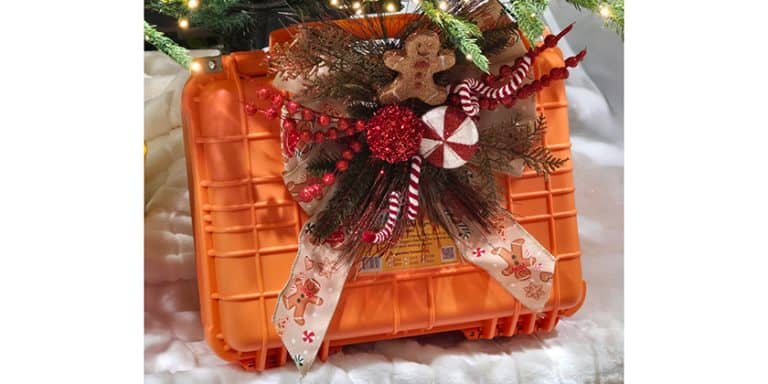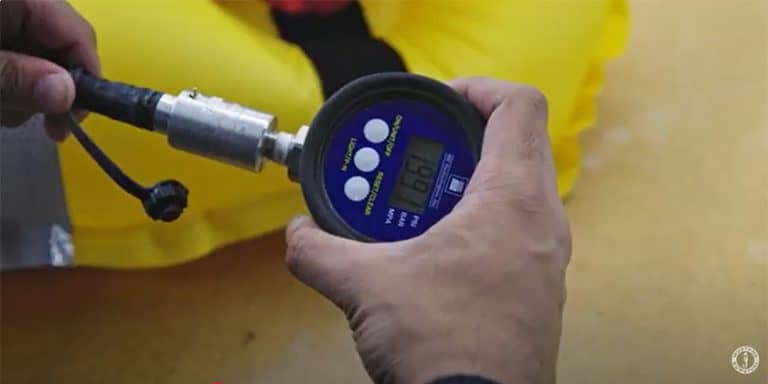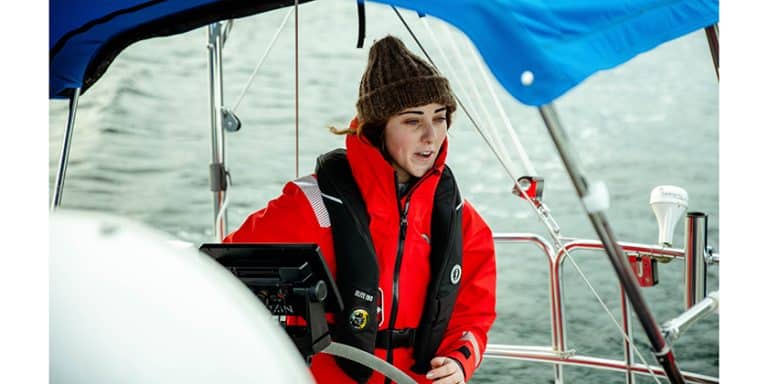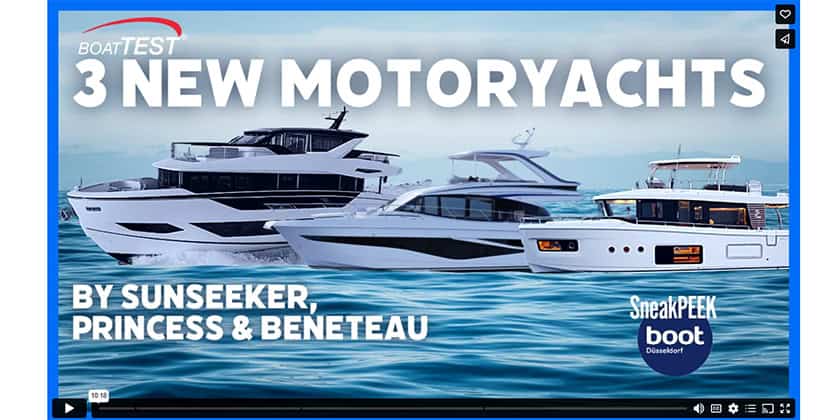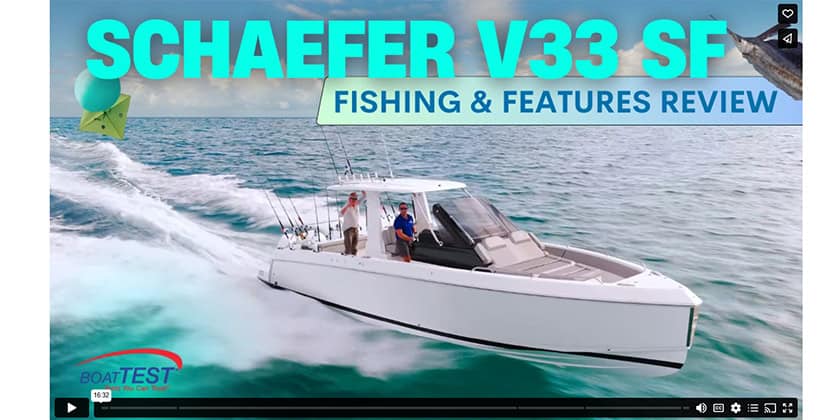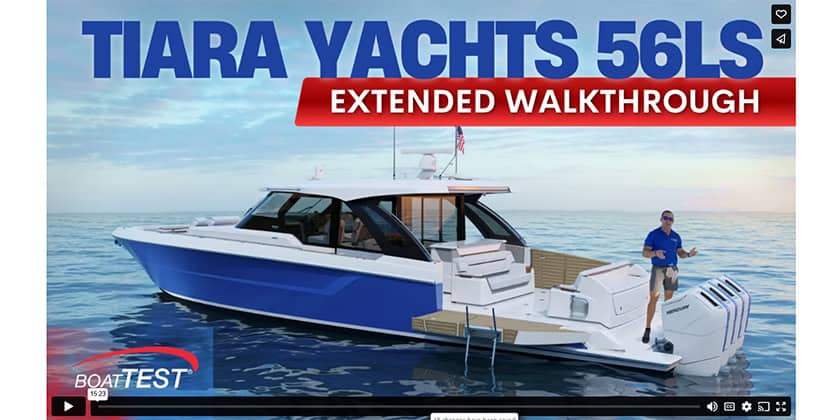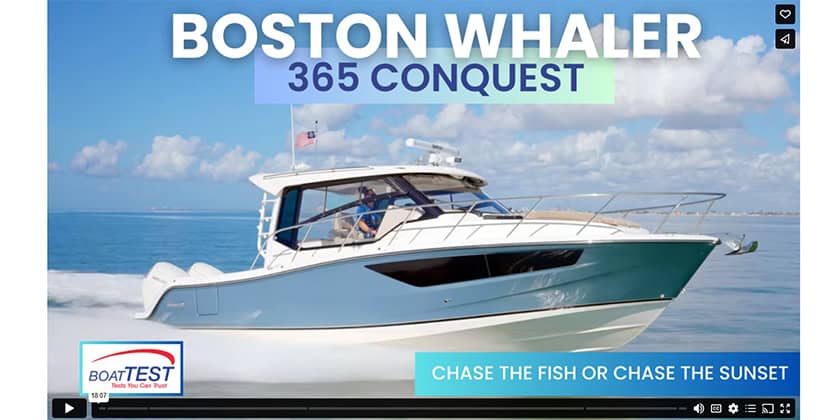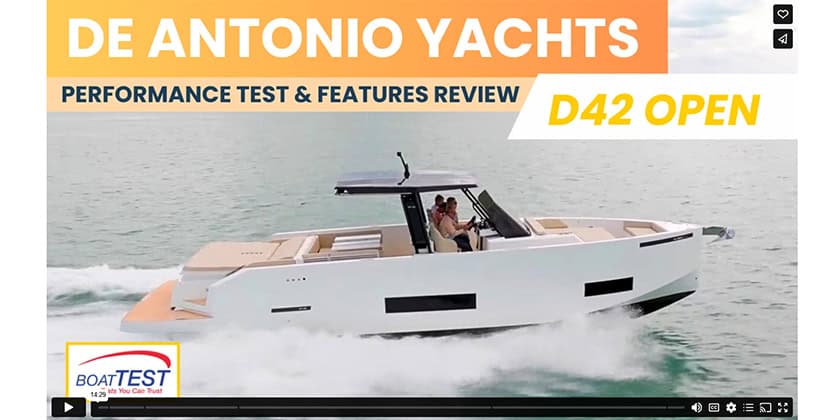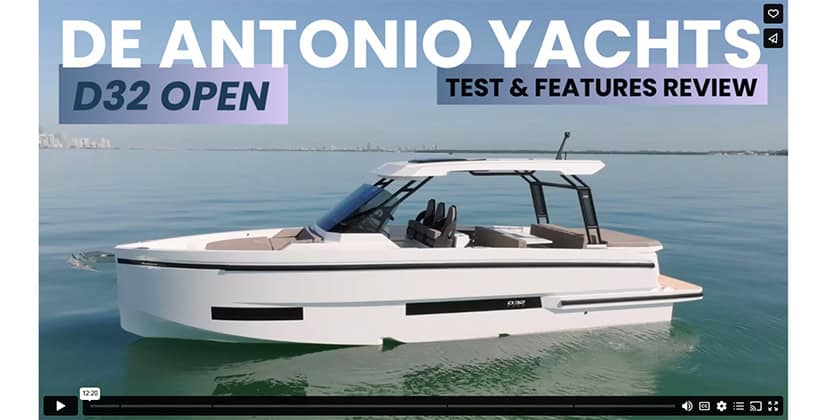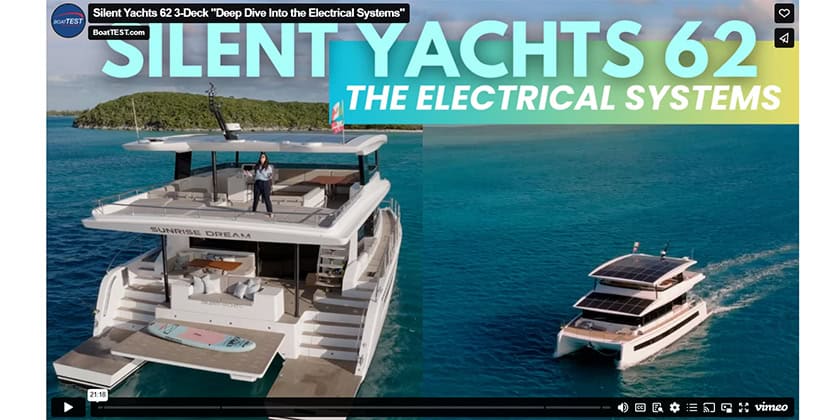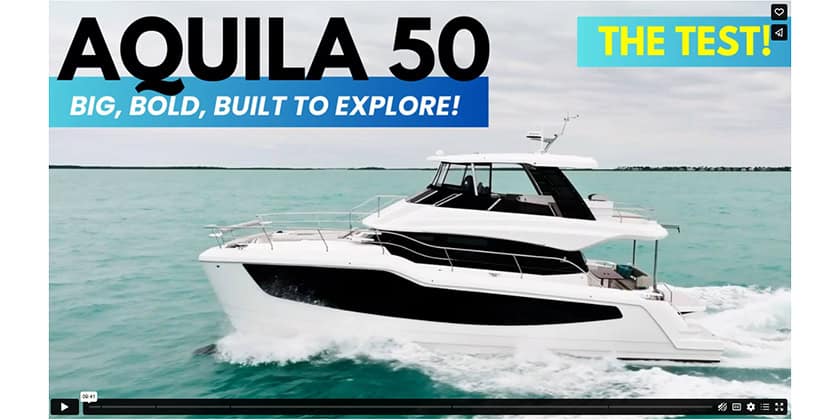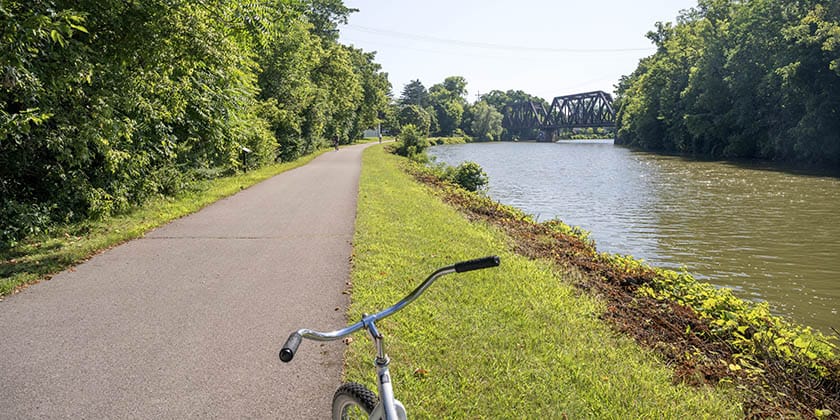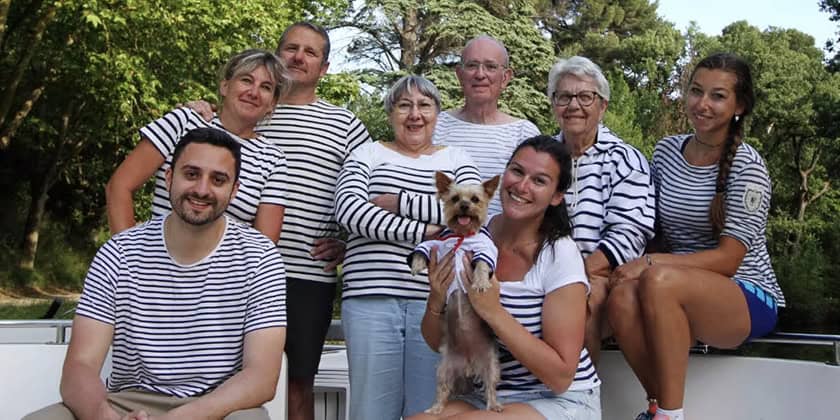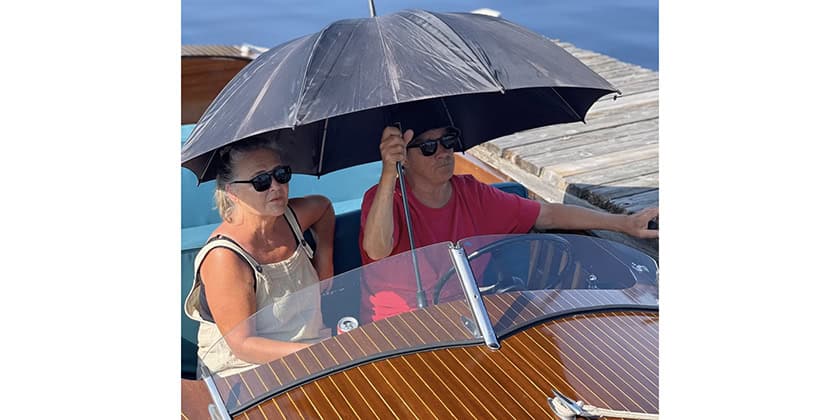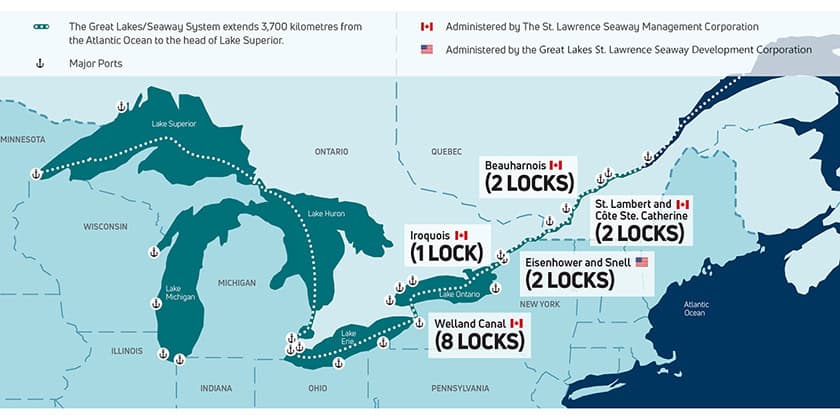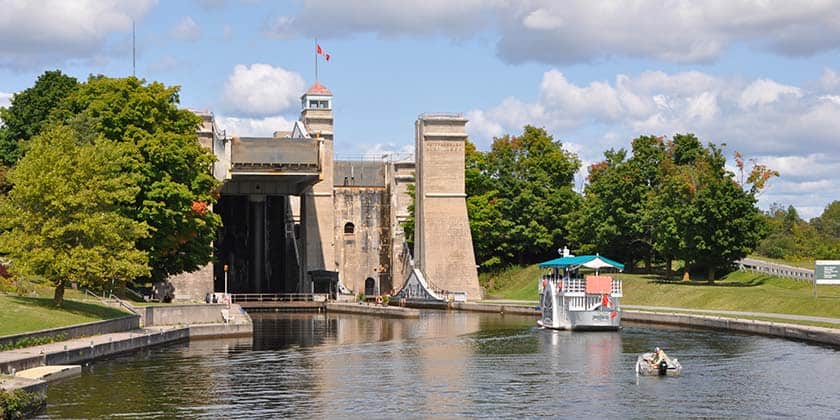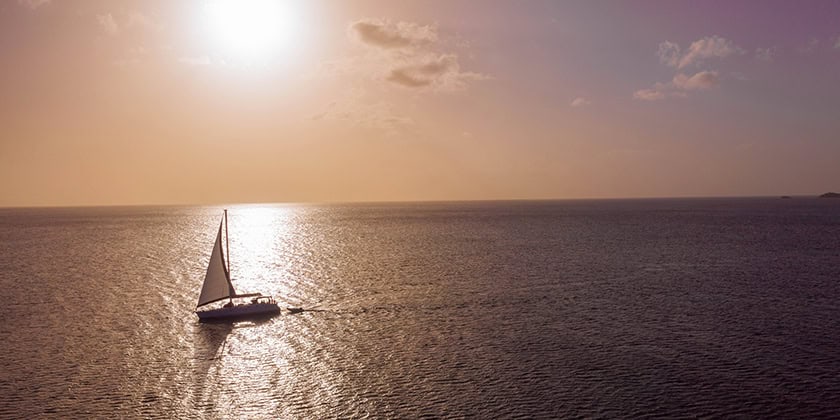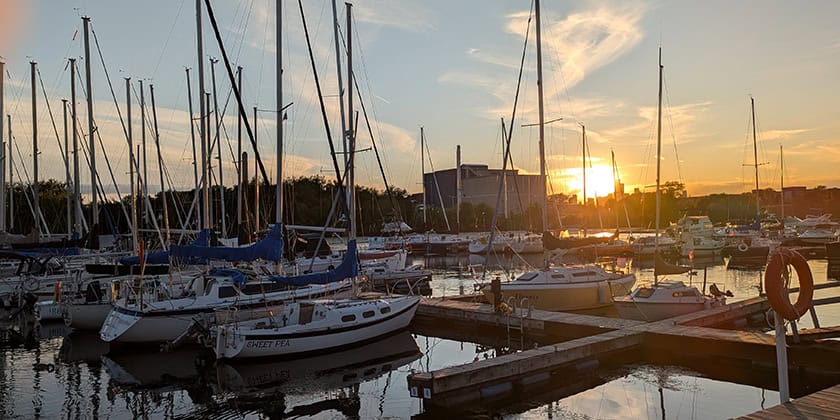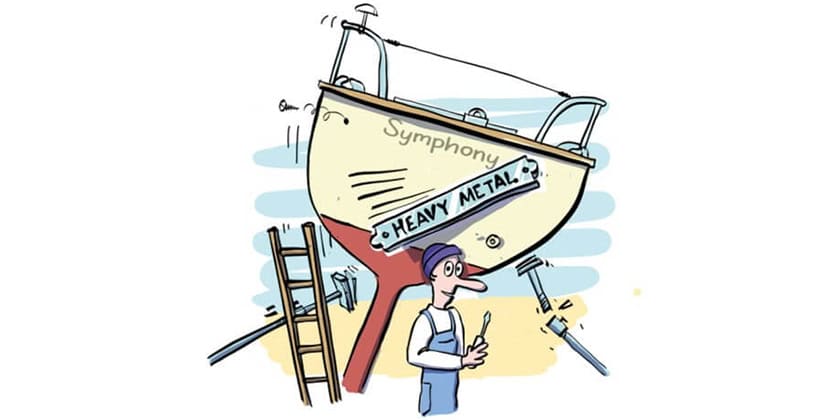Sea-Fire Fire Suppression Systems Protect Crew And Investments

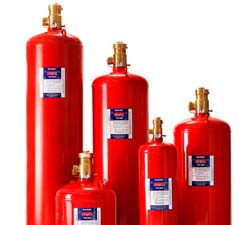 To protect critical equipment, assets and the lives of people working and living in large-scale marine environments, boat builders and owners worldwide trust Sea-Fire Marine H Series Engineered Fire Suppression Systems. Meeting extensive national and international approvals, these state-of-the-art systems are designed for high-volume applications.
To protect critical equipment, assets and the lives of people working and living in large-scale marine environments, boat builders and owners worldwide trust Sea-Fire Marine H Series Engineered Fire Suppression Systems. Meeting extensive national and international approvals, these state-of-the-art systems are designed for high-volume applications.
Developed for megayachts and other large pleasure craft, transport vessels, workboats and on/offshore marine situations, the versatile H Series Engineered Fire Suppression Systems can be configured for spaces ranging from 1,500 to 17,500 cu. ft. in size. Ensuring rapid fire extinguishment, they employ FM-200, an EPA-approved alternative to Halon. This clean, gaseous, chemical extinguishing agent has been proven safe for people, equipment and the environment. The advanced systems are available in a number of combinations, including automatic/manual, manual, with a time delay or with a stop valve.
Complying with strict global standards, Sea-Fire's H Series Engineered Fire Suppression Systems not only carry USCG approval, but much more stringent BV certification.

